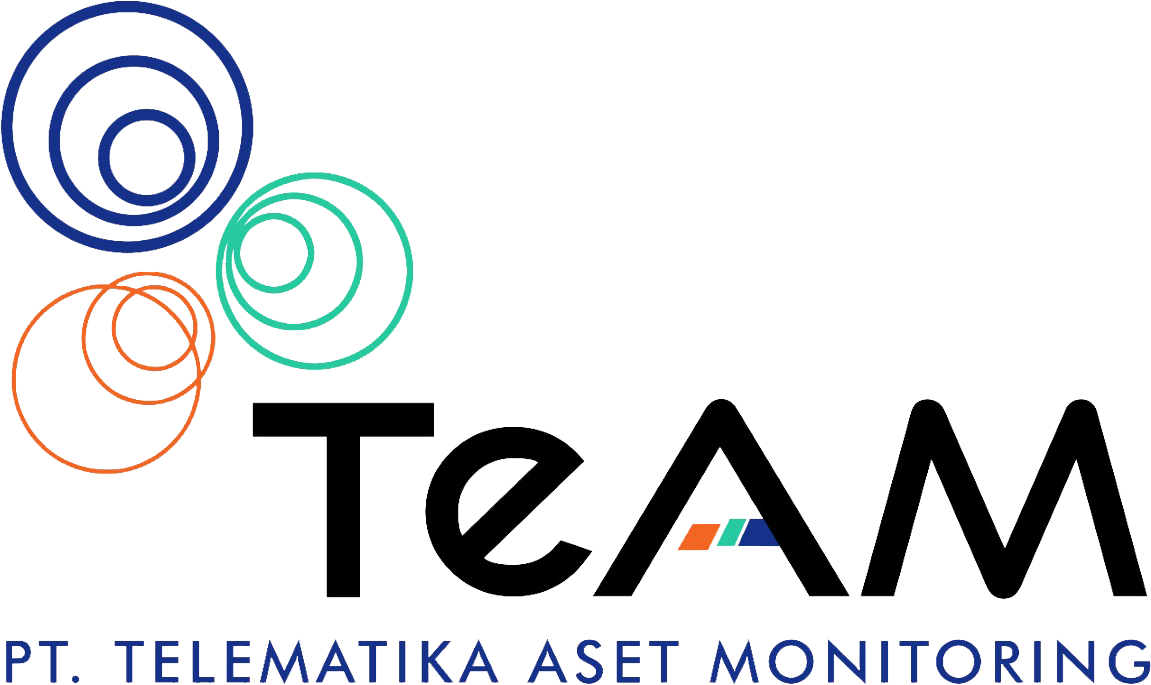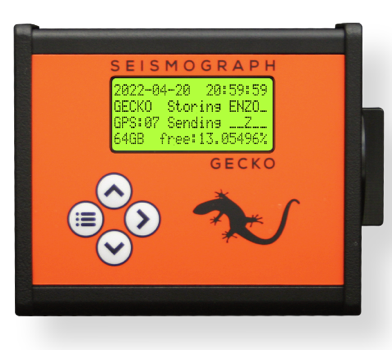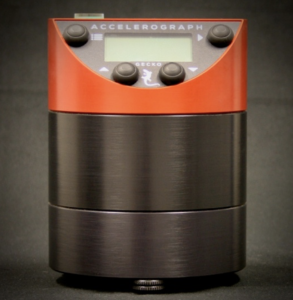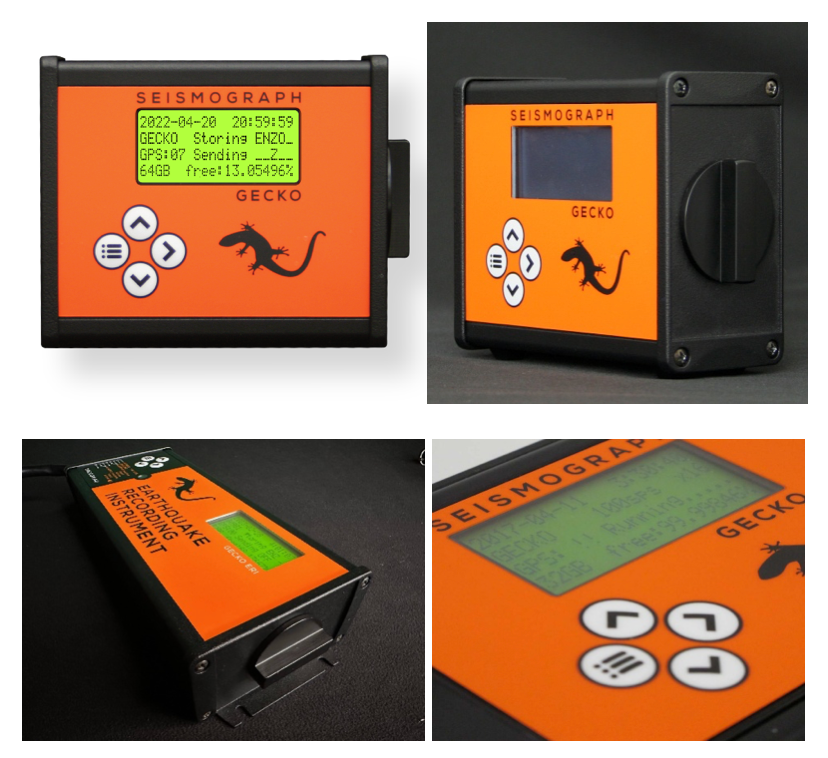
Highlight :
The Gecko Compact is our best value recorder, with 3 channels for a triaxial sensor and a 4th channel input for an auxiliary sensor (e.g. a microphone for air pressure monitoring in blasting). With an in-build LCD and keypad, full instrument configuration can be done without the need for a laptop. Connect an optional Ethernet, WiFi, or cellular network modem to stream data to a remote server.
Several Gecko models are available with internal triaxial sensors housed inside a waterproof body – acceleration sensors (SMA and SMA-HR) and velocity sensors (Blast, Force, and Prism) – providing a solution for almost every application. The sensors used in these models are also available in external casings with cables to connect to the Gecko Compact.
We have recently repackaged the Gecko with an internal 12+ hour battery & charger, an Ethernet interface (no battery backup), and 10A relay alarm contacts, all in a single wall mountable case which we call the Gecko ERI (Earthquake Recording Instrument) to which you can connect one of our triaxial velocity or acceleration sensors (some mass control features in 3rd party sensors may not be supported by this Gecko configuration).
Streams – Realtime Display and Dashboard
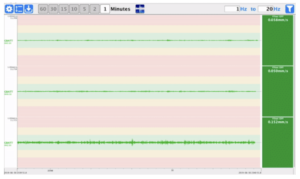
Highlight :
Display and archive live earthquake data on your own personal computer! Subscribe to data feeds from hundreds of global seismic stations and any other SeedLink servers (including many popular seismographs), or feed Streams with common format data files via FTP.
Streams can do so much more when used with Gecko seismographs, with integrated recorder control and configuration, and broadcast streaming for event association and notifications.
If you’re monitoring a building or dam. you can see live data in your control room with Streams, which can colour code the displayed seismic data channel as a [WARNING] or [ALERT] based on your desired signal level thresholds. You can set alarm levels in velocity (mm/s) and acceleration (mm/s² or g) which can be sent out via email. The amplitude of the display can be set to a fixed level of acceleration or velocity to show how close the signal is getting to the colour bands of your customised alarm levels.
Streams 3.6 refined the state-of-health CSV files, and adds the SOH-interval controls for Gecko recorders running v7.6 firmware.
Streams 3.5 added creation of CSV files containing periodic state-of-health information from Gecko recorders.
Streams 3.4 improved speed and fixed a bug related to duplicate data archives. It also includes a link to an acknowledgment page listing public data libraries and sources that we have used in our free software.
Streams 3.3 brought a number of enhancements, including better handling of blocked connections on Windows for Gecko seismographs. It also includes new features:
- Optionally save SeedLink streams to disk
- Added a list of public SeedLink servers to choose from, including their corresponding FDSNWS StationXML lookup address
- Event alert sounds are back!
- The latest version of Waves is built-in
- Gecko settings and controls are now tabbed for ease of use
- Support for new Gecko histogram logging interval setting
Streams 3.2 integrated Waves 4 with interactive earthquake location & magnitude calculation, and optionally stores Gecko data in a similar folder hierarchy to that on the Gecko’s SD card. Alert message were also displayed in local time, and the macOS installer now works with Apple security protocols.
Streams 3.1 added remotely accessible web page views of your station and Gecko station status, and introduced some Gecko remote control actions.
Streams 3.0 took over from the Live Stream name by introducing input from SeedLink data sources, and the macOS and Ubuntu versions can also share incoming Gecko data via SeedLink.
Time scale buttons in the toolbar allow you display the last 1, 2, 5, 15 or 60 minutes on screen, and if the displayed data is particularly interesting you can simply tap the Waves button to pop up a data analysis window. Each channel shows the peak amplitude for the on-screen data, and the estimated MMI or PEIS earthquake intensity for acceleration data. Other controls in the coloured channel box allow you to modify that Gecko’s settings, hide or filter a channel, or request older data from the SD card of a Gecko seismograph.
Streams has Event detection that immediately requests data from all connected Gecko recorders when any remote station detects an earthquake, meaning you get data from all stations quickly and automatically, even if they are not normally streaming data continuously.
